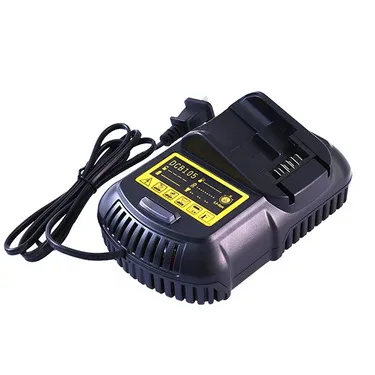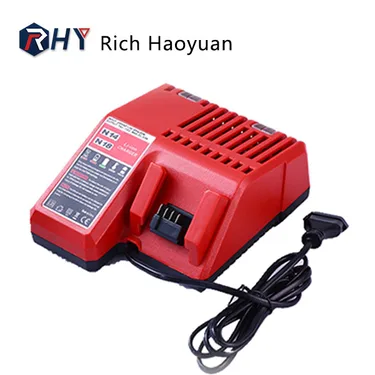
- Products
- Solutions
- Customization
- About
- Resources
- Contact
- Request A Quote
In this present age, there has been a lot of advancement in technology; it is to this effect that we have Li-ion Battery chargers. This type of charger can be used for charging electric vehicles and portable electronics.
Li-ion batteries provide great performance. They must be charged appropriately in order to get the most out of them. If the battery charging is not done correctly, the battery's performance can be harmed, and they can even be destroyed, thus caution is required.
The optimum performance and longest operating life may be obtained by charging Li-ion batteries properly. As a result, charging the battery is usually done in combination with a battery management system.
This regulates the amount of charge and discharge, as well as the rates at which they can occur.

Basically, there are three stages of Li-ion battery charging: The first one is the pre-charge stage, followed by the fast-charge stage, and lastly the charge termination stages are the three stages.
The charger regulates the amount of electricity entering into the battery while in pre-charge or fast-charge mode. The charger, on the other hand, regulates the voltage going to the battery while monitoring the current pouring into it during charge termination.
The first stage is the pre-charge stage, also known as the trickle stage. The battery charger only transmits a little amount of electricity (trickle charge) into the battery during this stage. When a battery is recognized, the charger starts the charging process.
The trickle charge represents a minor portion of the total charge current. This stage's purpose is to charge the battery to a set extent so that it may be fast-charged in the next phase.
When a battery is highly drained and the voltage falls below a particular threshold, the charger automatically enters the pre-charge mode. The charger monitors the battery voltage once the pre-charge has begun until the pre-charge voltage threshold is met.
You are responsible for programming the pre-charge voltage threshold, which is a predetermined proportion of the maximum charge current. The battery charger enters the fast-charge stage when the battery voltage surpasses the pre-charge voltage threshold.
The fast-charge stage, also known as the constant current stage, controls how much current enters the battery. The battery is charged with a steady current that is controlled based on the maximum charge current you choose.
The charge termination stage, often known as the constant voltage stage, is the final stage of charging. The battery charger enters a voltage-controlled mode at this point, regulating the voltage rather than the current going to the battery.
The charger supervises the charging process by detecting the charge current, even if the voltage to the battery is controlled.
The charger recognizes that the battery is fully charged when the charge current falls below a predetermined percentage of the designed current while in voltage-controlled mode. The charging process is then ended.
The battery charger will continue to monitor the battery voltage after the charging cycle is completed. The charger will start a fresh charge cycle if the battery voltage falls below a pre-set recharge threshold, and the process will repeat again.

Li-ion batteries may be quite volatile, as you may or may not realize. They can catch fire or explode if you overload them.
Almost everyone has heard about the phones that kept catching fire. Working with these batteries necessitates careful consideration of safety.
In terms of security, you have two choices:
Option 1: Get a battery with built-in safety features. Choosing a battery with built-in protection is almost always a good idea, at least in the beginning.
Many Li-ion batteries, for example, contain a tiny circuit board hidden behind some gold-colored tape towards the top where the leads exit. The battery is protected by that circuit board, which is already built in. It protects it from being overcharged or shorted.
Option 2: Create your own protection. You might include the protection in your product or on your own board to keep it hidden. However, this is not something I usually encourage at first.
Having a quality battery charger saves your time and expense. We have different varieties of Li-ion Battery Charger why not contact us for more enquiries.